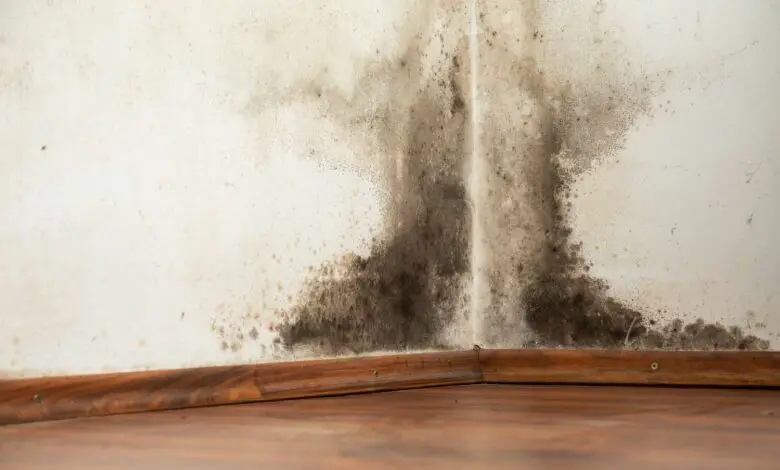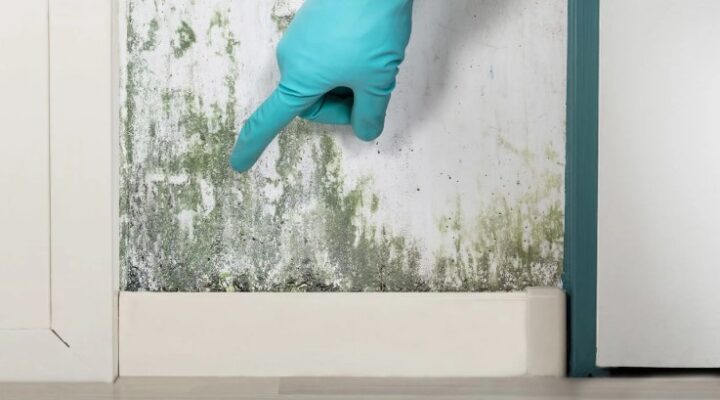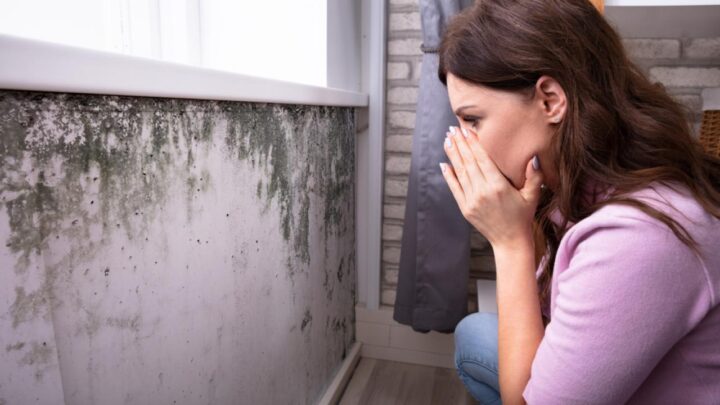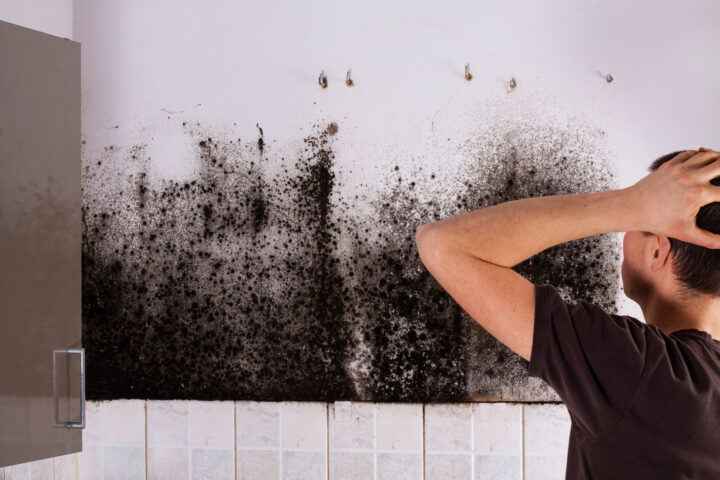How to Fight Against Mold and Mildew in Your Home

Nobody likes the idea of having mold and mildew growing in their home, regardless of where and how it’s promoted. While many types of mold and mildew are generally harmless to humans, there are some types of toxic mold to avoid, and anyone can develop an allergic reaction to various mold and mildew species.
So what are the best strategies for fighting against the growth of mold and mildew in your home?
The Blight of Mold and Mildew

Mold and mildew are two different categories of fungi, each of which comprises many individual species. Fungi reproduce by releasing spores into the air, which then connect and propagate, eventually resulting in a spreading fungus that can grow on surfaces or spread within objects.
Many species of mold and mildew are completely harmless to humans, at least generally. In fact, there are probably traces of mold and mildew, as well as their spores, in the air you’re breathing right now. However, mold and mildew can also be extremely harmful. There are certain species of mold that are toxic to humans, and anyone can develop an allergic reaction to almost any fungal species. If left unabated, mold and mildew can cause significant health effects in the people who live in your house, including trouble breathing and persistent headaches.
Mold and mildew can thrive in a variety of conditions, but they always require a source of moisture and a medium or substrate on which to grow. Accordingly, they’re commonly found in bathrooms and kitchens. The sooner you catch mold or mildew, the better your chances of effectively controlling it, but an even better strategy is to prevent these species from spreading in the first place.
How to Fight Against Mold and Mildew in Your Home

How do you fight against mold and mildew in your home?
The most important thing you can do to discourage the growth and spread of mold and mildew is to control humidity. Without a source of moisture, mold and mildew will not be able to propagate or spread in any capacity.
These are some of your best strategies in this fight:
- Keep your bathroom fan on when taking a shower. The bathroom is a major source of moisture in the house, so it requires extra attention. One easy way to control moisture in this environment is to keep your fan running before, during, and after a shower. This prevents moisture from accumulating and keeps the environment much drier.
- Encourage air flow with open windows and fans. Throughout your house, it’s a good idea to encourage more air flow with the help of open windows and running fans. With more circulating air, moisture has a chance to evaporate and redistribute itself, ultimately making it difficult for mold and mildew to propagate.
- Identify and fix leaks immediately. If and when you find leaks, such as a leaking roof or even a leaky faucet, it’s important to identify these sources and repair them immediately. If you have a recurring leak that you fail to address in a timely manner, it could do major damage and create a massive, unseen mold problem.
- Run a dehumidifier in high-humidity areas. Certain areas of your home are going to be more prone to moisture than others. In areas with particularly high susceptibility, it’s a good idea to keep a dehumidifier running. This can also help you keep an eye on specific humidity levels in the area, so you can flag potential problems early.
- Clean and dry after a flood or similar event. If you experience a flood or a similar water-related event, clean and dry the area as thoroughly as possible. If left unchecked, flood damage can cause catastrophic mold and mildew problems.
Additionally, you can do the following:
- Consider using mold inhibitors in paint. Mold inhibiting products can be mixed into paint, reducing the potential for your walls to grow mold and mildew.
- Clean with sanitizing products. Modern sanitizing products are designed to kill mold, mildew, and the spores of these species. If you regularly clean surfaces that are susceptible to mold and mildew with these products, you’ll be far less likely to encounter a problem in the future.
- Address mold with diluted bleach and a brush. If you do catch surface growth of mold and mildew in progress, you may be able to treat it yourself. Dilute some bleach with some water to prepare a solution and use that solution with a stiff brush to get rid of the mold and mildew. If it comes back, it may require a more intensive effort. Just be cautious not to mix any household cleaning products, as some of these mixtures can be deadly.
What to Do If the Problem Worsens

If you can’t prevent or control the mold and mildew problem in your home, the next step may be to seek professional mold/mildew remediation. Many surface-level problems can be addressed with simple measures, but bigger and deeper infestations can’t typically be controlled by average homeowners.
For the most part, mold and mildew are more of a superficial annoyance than a genuine health hazard, but you should still take the possibility of a health risk very seriously. If you can control the moisture levels of your home and take care of mold and mildew growth early, you can prevent or mitigate most problems associated with these fungal species.
